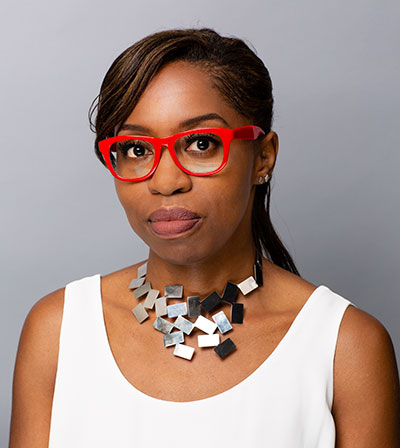
“Buried in Jacobs’s bold declaration is a rupture dividing freedom and wedlock that continues to haunt Black women’s relationship to the institution of marriage,” Henderson writes in her newly published Veil & Vow: Marriage Matters in Contemporary African American Culture (University of North Carolina Press, Gender and American Culture Series).
Henderson’s book takes a close look at popular fiction by authors such as Terry McMillan and Sister Souljah, music by Anita Baker and films such as The Best Man, as well as legislation such as the 1996 Defense of Marriage Act and the Welfare Reform Act and the role these played in fostering myths about African American families.
Q: Let’s start with the title: It refers to more than just wedding veils. On your website, you quote W.E.B. Du Bois: “Within and without the sombre veil of color vast social forces have been at work….”
A: Yes, that comes from his 1903 book The Souls of Black Folk. I use his quote and his theory about the veil to describe how social forces both endorse and violently hinder marriage in African American communities. I go on to contend that the critical examination of political and popular culture unmasks the discrepancy between what political leaders ask of their constituents and the vows that they pledge to those they consider legitimate citizens.
Q: You open the book with an image of yourself as a teenager in the 1990s, taking Chicago’s L train to high school, observing the books that black women are reading on the train.
A: I was always hyper-aware of the scene taking place on the train. Reading these novels, and seeing so many different women reading some of the same novels, piqued my interest and inspired me to take on this project.
Q: In the book, you coin the term marriageocracy. What is it?
A: I created some terms to capture the cultural phenomena that I saw emerging across the texts that I foreground in Veil and Vow. Marriageocracy is a portmanteau of marriage and meritocracy that I created to describe and track the bootstrap ideology that is tied to courtship and marriage in political and popular culture.
Q: Is the book’s origin tied into your course “Black Women’s Narratives and Counternarratives: Love and the Family”?
A: I feel fortunate to be at an institution that allows faculty to design and build their own classes. So, I have had an opportunity to introduce some of the books I analyze in Veil and Vow to my students, and it has been wonderful to have students think deeply about some of the books propelling my research. I am especially proud of my “Black Women’s Narratives and Counternarratives: Love and Family” course because it was featured in The New York Times.
Q: Patriarchal and racist tropes, such as the “bootstrap” idea that traditional marriage offers a simple path out of poverty, seem so embedded in the culture. Is there a way out?
A: I explain in my book, one way to move away from these harmful scripts is to direct more attention to structural inequities in areas such as incarceration, education and housing, to decrease the emphasis on black familial pathologies. I think another way to shift our attention away from bootstrap courtship ideologies is to allocate more support to social safety nets and to continue to think through the complicated relationship between political and popular culture.